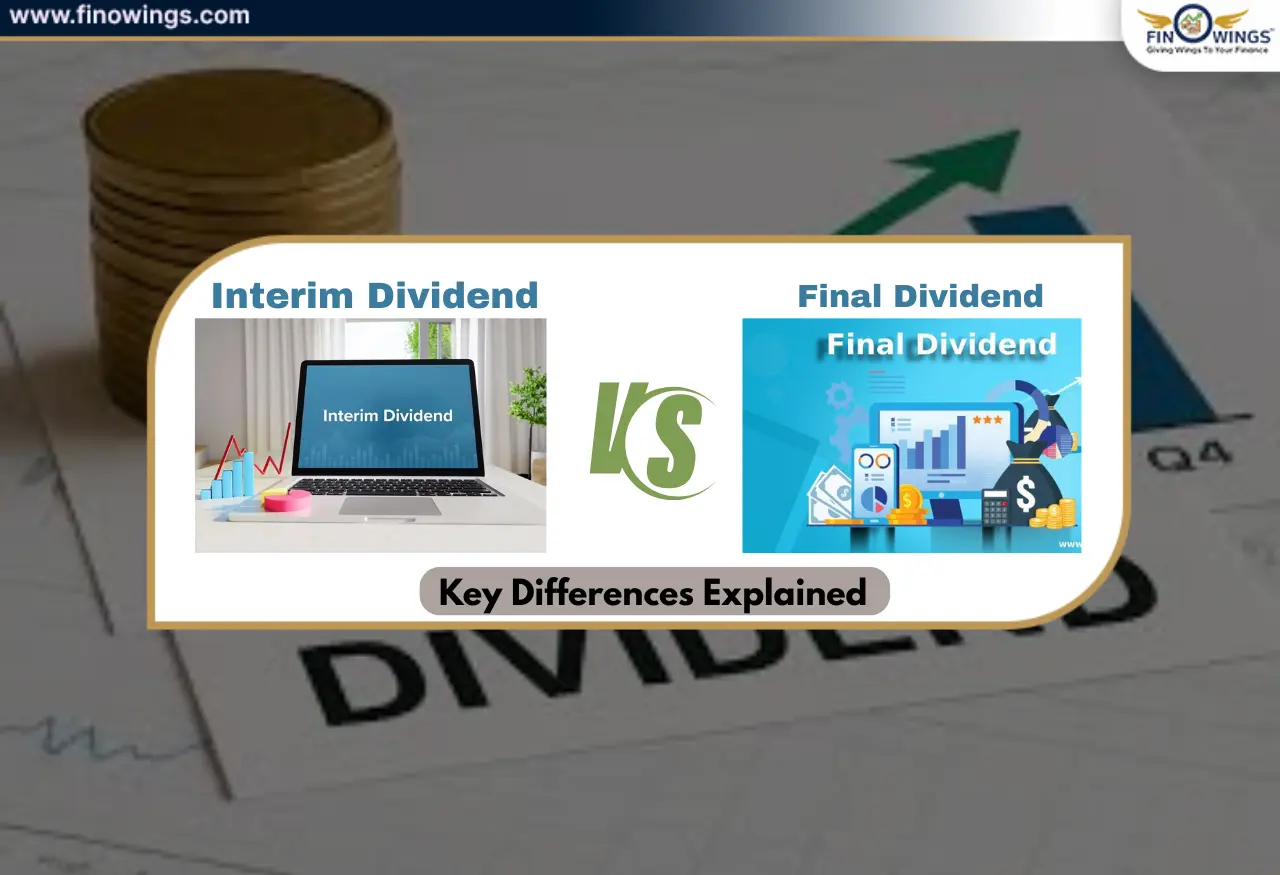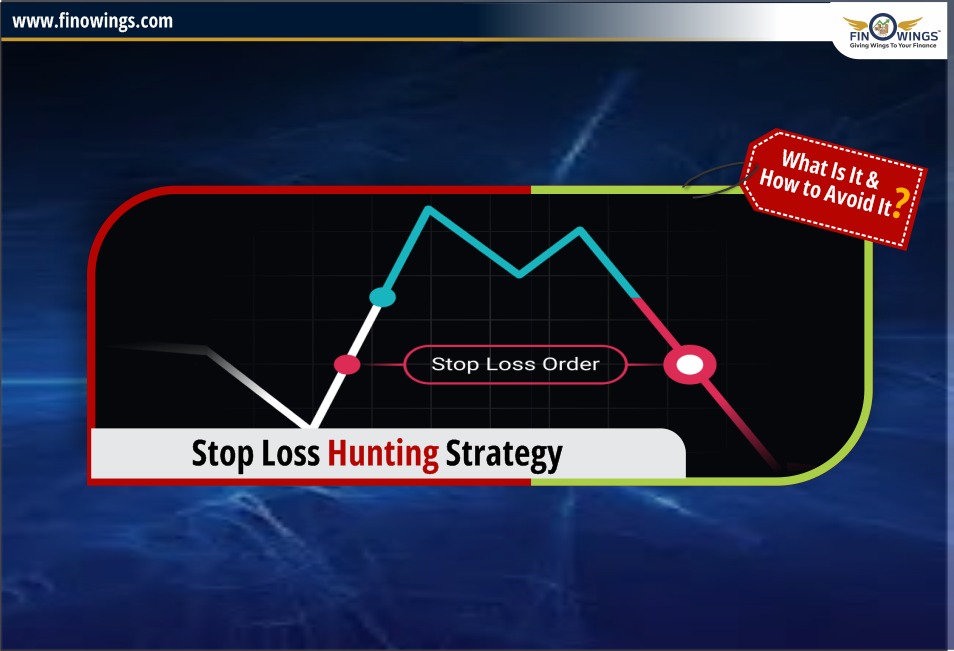Home >> Blog >> How to Calculate Net Sale Per Share & Determine Share Value
How to Calculate Net Sale Per Share & Determine Share Value

Table of Contents
Introduction to Net Sale Per Share
When analyzing a stock, we often focus on net profit. It's a common belief that good profits indicate a good company. But, what if I told you there's a method to judge a stock's price without solely relying on net profit? In this article, we'll explore a different method to determine whether a stock is undervalued or overvalued by using net sales per share.
Understanding the Method
The concept of net sales per share revolves around calculating the revenue a company makes per share. This method doesn't involve any charts or in-depth company information. Instead, it focuses on a straightforward formula to derive the net sales per share.
The Formula
To calculate the net sales per share, you need to divide the total sales by the number of shares. This formula is applicable to non-banking companies that do not engage in financial work. It's similar to calculating the book value for a bank.
- Total Sales / Number of Shares
Why Focus on Net Sales?
While net profit is crucial, it doesn't always tell the full story. Sometimes, a company's sales might be increasing, but profits might be decreasing due to various reasons like opening new branches, capital expenditures, or purchasing fixed assets. These factors often reduce profit margins temporarily, indicating potential future growth.

Live Examples
Let's understand this method better with real-life examples. We'll look at Tata Steel and LIC to see how their sales and number of equity shares translate into net sales per share.
Tata Steel
For Tata Steel, we observe the following:
- Total Sales: Rs 233,445 crore
- Number of Shares: 1248 crore
- Net Sales Per Share: Rs 187
With the current market price at Rs 128, Tata Steel appears undervalued based on its sales.
LIC
For LIC, the numbers are as follows:
- Total Sales: Rs 1273 crore
- Number of Shares: Data not provided
- Net Sales Per Share: Calculation needed
LIC's market price is Rs 976, which is below its real value, indicating it might be undervalued.
Common Mistakes and Key Insights
One common mistake investors make is trading based solely on net sales per share. It's essential to consider other factors as well. For example, Rajesh Export, which we have analyzed before, shows a net sales per share value of Rs 10328. However, its market price is Rs 303, showing a significant undervaluation.
When the market price falls below the real value, big investors like DIIs, FIIs, and mutual fund houses take advantage of this. They recognize the undervaluation and make strategic investments.
Conclusion
Net sales per share is a valuable tool for stock analysis. It helps identify undervalued or overvalued stocks based on sales. However, it's crucial to use this method in conjunction with other analysis techniques and not rely on it solely. By understanding and applying this method, investors can make more informed decisions and potentially achieve better returns.
Share this article if you found it helpful, and remember, this rule doesn't apply to banking stocks.
Author
Frequently Asked Questions
Net sale per share is a measure of the revenue a company generates per share. It is calculated by dividing the total sales by the number of shares. This metric is important because it provides an alternative way to assess a company's value without relying solely on net profit, giving investors a broader understanding of the company's financial health.
The formula to calculate net sale per share is:
Net Sale Per Share=Total Sales/Number of Shares
This calculation helps determine the revenue generated per share, providing insights into the company's sales performance relative to its share count.
Net sales per share can be a better indicator in some cases because it focuses on the company's revenue generation capacity. Factors like opening new branches, capital expenditures, or purchasing fixed assets might reduce profit margins temporarily, but an increasing sales trend can indicate potential future growth that net profit alone might not reveal.
No, the net sale per share method is typically used for non-banking companies that do not engage in financial work. Banking companies are better analyzed using other metrics, such as book value per share, due to the different nature of their operations and revenue models.
A common mistake is relying solely on net sale per share without considering other factors. Investors should use this metric in conjunction with other analysis techniques. Additionally, it's crucial to ensure that the number of shares and total sales figures are accurate. Overlooking company-specific factors or market conditions can lead to incorrect conclusions about a stock's valuation.

















